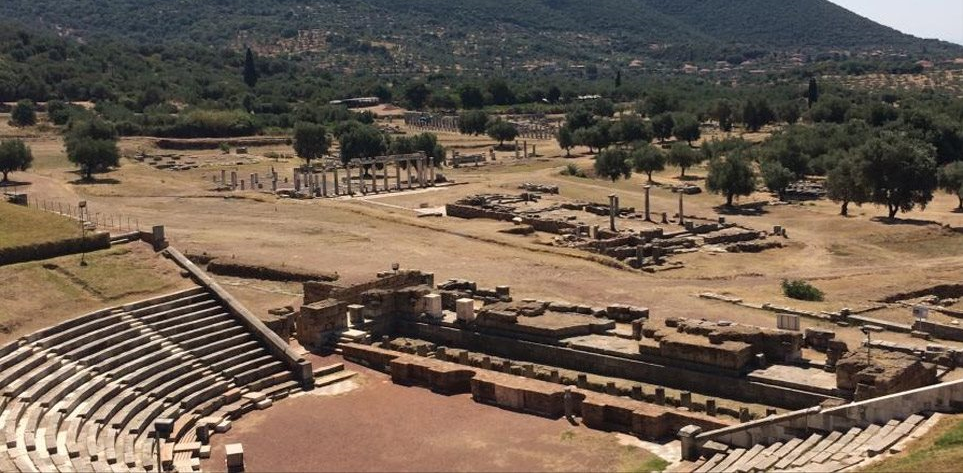Many attempts at dating the Homeric Epics compare the natural phenomena described in the epics with astronomical phenomena. So far, there has been no success in aligning the two.
“We believe that the myth revolves around real events,” says Panagiota Preka-Papadima, a professor of astrophysics at the University of Athens.
She and a team that has published articles in international scientific journals believe that some of the events described, actually took place and prove that the natural phenomena mentioned, correspond to the time of their narration.
Hollywood Legend Christopher Plummer died aged 91
Between cooperation & containment: New US policies for a new Turkey – Analysis (doc)
“Odysseus arrived in Ithaca on October 25, 1207 B.C.,” they wrote. “Five days later there was a 75% solar eclipse covering the Ionian Sea and then the murder of the suitors happened,” says Ms. Papadima.
Although NASA maps cover the natural phenomena spanning back to pre-historical times, there is no corroboration for the claims that some of the reported events, such as an eclipse mentioned in Homer’s epics were actually true. In fact, as NASA has said that the inclusion of a historical event in its tables does not imply validation of the historical event nor its connection with an eclipse.
“From 1300 BC to 1130 BC, the years in which the two epics are set, there were 14 solar eclipses. Only five were visible in the Ionian Sea and two of these had a 2% eclipse, so it was not possible to be noticed. “Another occurred with the setting of the sun, so we are only interested in two,” Ms. Papadima explained.
Read more: Greece High Definition





































